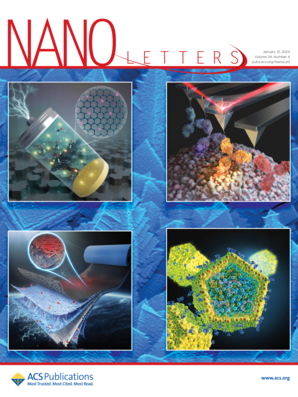Unlocking the Potential of Aqueous Zinc-Ion Batteries: Hybrid SEI Construction through Bifunctional Regulator-Assisted Electrolyte Engineering
IF 9.6
1区 材料科学
Q1 CHEMISTRY, MULTIDISCIPLINARY
引用次数: 0
Abstract
Aqueous zinc-ion batteries (AZIBs) represent promising candidates for energy storage devices, because of their inherent high safety and cost efficiency. However, challenges such as uneven zinc ion deposition during electrochemical reduction and anode interface side reactions pose significant obstacles to their advancement and practical deployment. Herein, a medium-concentration aqueous electrolyte combined with a bifunctional regulator (aspartame) is developed to address these issues. Practical validation experiments and theoretical calculations demonstrate that the medium-concentration Zn(OTf)2 aqueous electrolyte containing Aspartame can form a robust hybrid solid electrolyte interface (SEI) containing ZnF2 and ZnS by simultaneously modulating the Zn2+ solvation structure and optimizing the metal-molecule interface, thereby enabling dense Zn deposition. It achieves dendrite-free Zn plating and stripping and excellent Zn reversibility. Significantly, the Zn||V2O5 full cell exhibits an average capacity of 240 mAh g–1 over 8000 cycles at 5 A g–1. This work provides new insight into solvation and interface design for high-performance AZIBs.

求助全文
约1分钟内获得全文
求助全文
来源期刊

Nano Letters
工程技术-材料科学:综合
CiteScore
16.80
自引率
2.80%
发文量
1182
审稿时长
1.4 months
期刊介绍:
Nano Letters serves as a dynamic platform for promptly disseminating original results in fundamental, applied, and emerging research across all facets of nanoscience and nanotechnology. A pivotal criterion for inclusion within Nano Letters is the convergence of at least two different areas or disciplines, ensuring a rich interdisciplinary scope. The journal is dedicated to fostering exploration in diverse areas, including:
- Experimental and theoretical findings on physical, chemical, and biological phenomena at the nanoscale
- Synthesis, characterization, and processing of organic, inorganic, polymer, and hybrid nanomaterials through physical, chemical, and biological methodologies
- Modeling and simulation of synthetic, assembly, and interaction processes
- Realization of integrated nanostructures and nano-engineered devices exhibiting advanced performance
- Applications of nanoscale materials in living and environmental systems
Nano Letters is committed to advancing and showcasing groundbreaking research that intersects various domains, fostering innovation and collaboration in the ever-evolving field of nanoscience and nanotechnology.
 求助内容:
求助内容: 应助结果提醒方式:
应助结果提醒方式:


